Study shows the need for a globally coordinated approach to marine conservation and food security
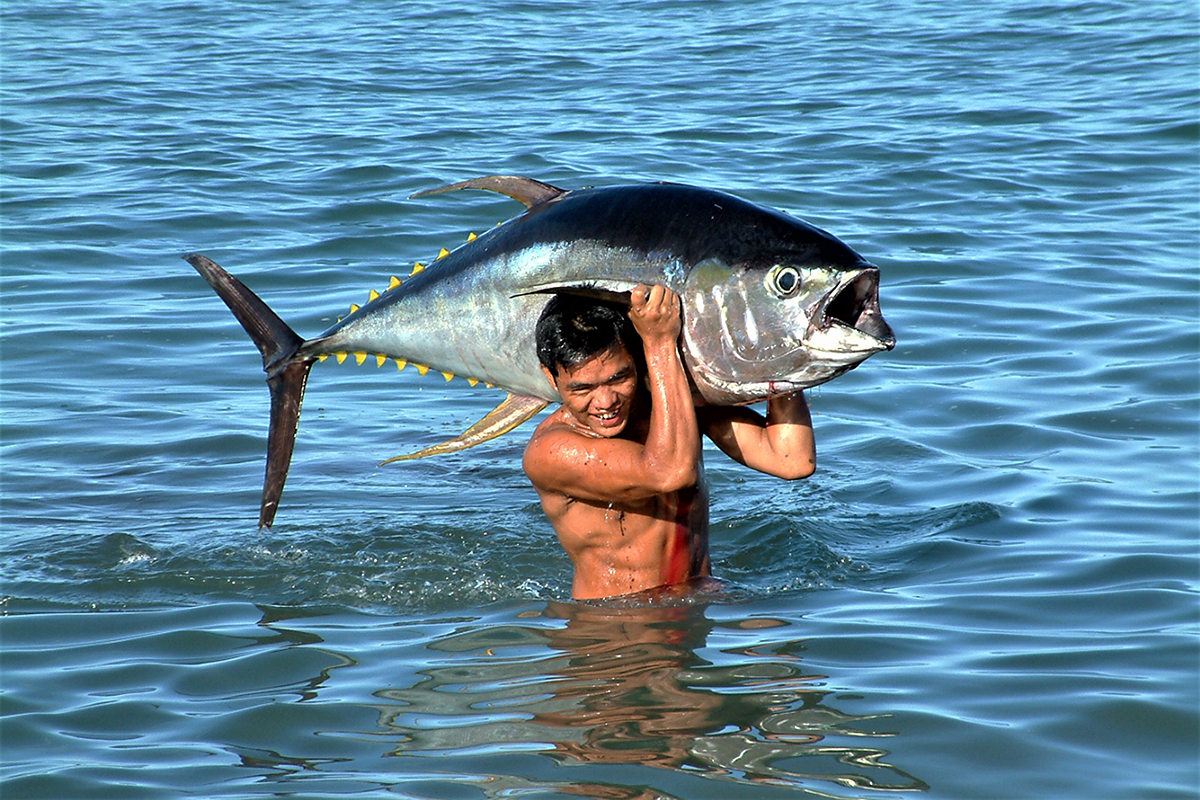
The world’s oceans help to regulate the temperature of the planet, sequester an estimated 2.4 billion of tons of atmospheric carbon each year, and provide a myriad of provisions, services and cultural benefits vital to human health.
Perhaps the most important are fisheries, which are integral to global food security, nutrition and economic well-being. However, global catch peaked in 1996 and overfishing continues throughout the world’s oceans.
Due to the overexploitation of marine resources, predominantly from fishing, marine biodiversity is declining, negatively affecting trophic structures, ecosystems and the ecosystem services necessary for human health. The decline of marine species and habitats has led to large reductions in species populations, and many species that were once numerous are now threatened with extinction.
Previous research has sought to identify conservation priorities for marine protection based on varying measures of biodiversity. Such studies provide an ecological solution to addressing global marine biodiversity loss, but prioritizing areas based primarily on ecological criteria is problematic. The first global scale analysis was by Sala, et al., who provided a multi-objective solution to biodiversity protection, food provisioning and carbon storage. Their results showed that achieving multiple objectives was possible, dependent on the assumption that prioritized areas would improve fisheries yields in areas of overfishing through stock recovery.
This article – adapted and summarized from the original publication (Jefferson, T. 2022. Safeguarding Seafood Security, Marine Biodiversity and Threatened Species: Can We Have Our Fish and Eat It too? Front. Mar. Sci., 17 February 2022) – reports on a recent study, based on a precautionary approach, which investigated whether assuring food security, conserving biodiversity and protecting threatened species is possible without stock recovery assumptions.
Study setup
We carried out spatial prioritization of the ocean to protect biodiversity, threatened species and food security. Food security was quantified using catch in tons per square kilometer, per 0.5-degree cell of the ocean, using data from the Sea Around Us, a global database of industrial, artisanal, subsistence and recreational fishing catches.
We also included the spatial data layer of Representative Biodiversity Areas, RBAs (the top 30 percent of the ocean based on holistic measures of biodiversity) from Zhao, et al., to define biodiversity priorities within the world’s oceans. These authors quantitatively prioritized the top 30 percent of the marine environment using seven ecosystems, four biomes, seabed rugosity and species richness within each biogeographic realm using AquaMaps species distribution maps of 24,904 species.
With the data collected, we developed and considered the following scenarios in our analyses:
- Prioritizing Food Security Above Conservation.
- Protecting Food Security, Biodiversity and Threatened Species.
- Balancing Objectives While Addressing Spatial Bias Using Administrative Regions.
- Protecting Biodiversity and Threatened Species in the High Seas vs. Exclusive Economic Zones.
For detailed information on the study design; biodiversity and threatened species data; fishing catch data; analyses and spatial planning scenarios, refer to the original publication.
Results and discussion
Overall, our study determined optimal solutions for scenarios that firstly prioritize food security above conservation, balanced both food security and conservation objectives, incorporated regional balancing to compare global and regional scale trade-off efficiencies, and determine d the conservation potential of protecting the High Seas and compare this with protecting exclusive economic zones, EEZs [where nations have jurisdiction over natural resources].
Our analyses considered food security, biodiversity protection (RBAs) and threatened species conservation as contrasting objectives. Yet, our results show that when using a global approach to marine spatial management (Scenarios 1 and 2), all objectives are achievable without significant compromise (Fig. 1).
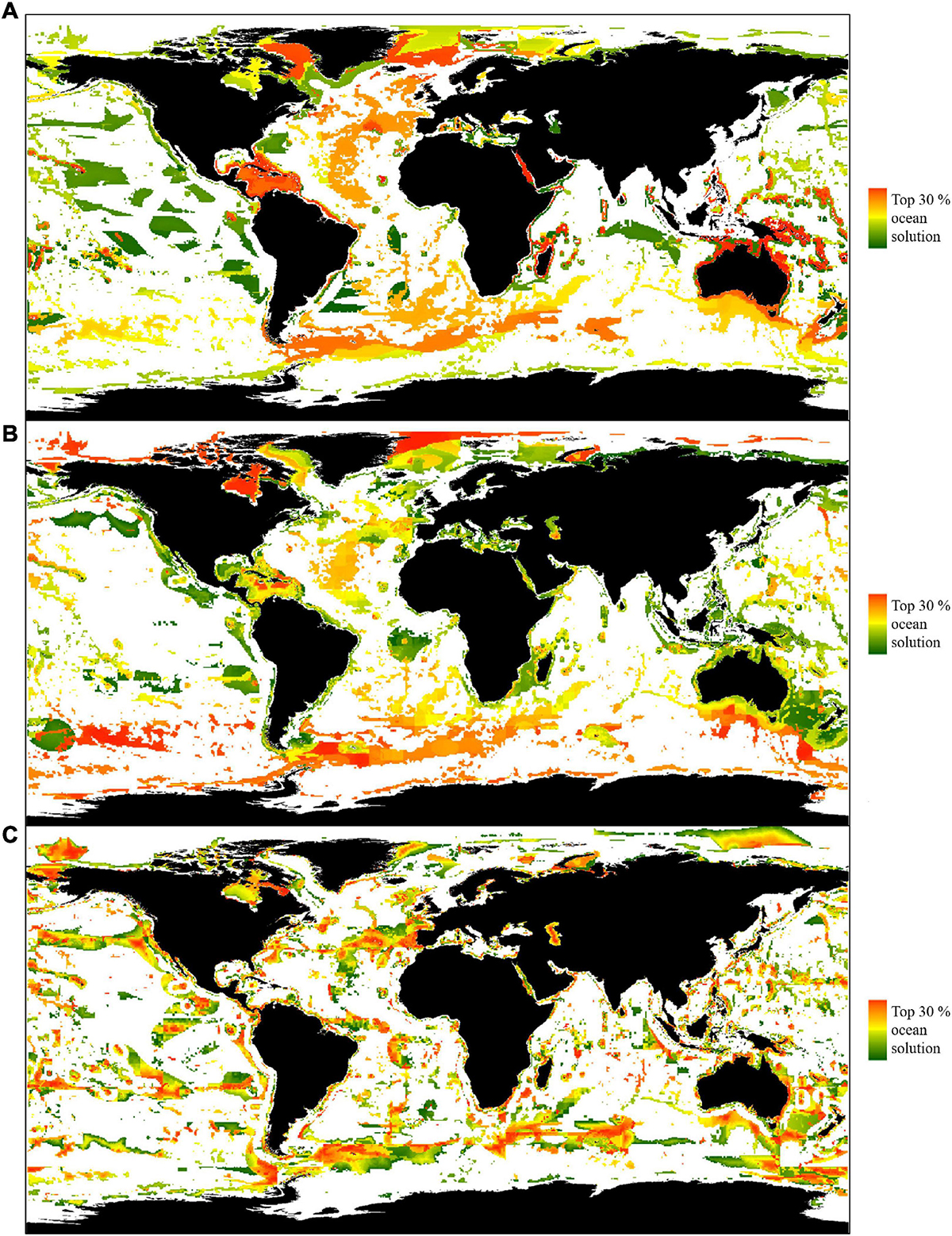
Using such an approach, conservation and food security objectives are only conflicting when protecting more than 85 percent of the ocean, due to current distribution patterns of biodiversity, threatened species and catch. Thus, expanding marine protection to 30 percent of the global ocean could provide a win-win for multiple marine management objectives.
In line with recent calls for increased marine protection, our models suggest that protecting 30 percent of the ocean will not lead to food insecurity, as the majority of catch can be maintained alongside marine conservation. Moreover, given that global catch peaked in 1996 and has continuously declined since by 1.2 million tons per year, and a third of fisheries are overexploited, future catch reductions are inevitable. Any short-term losses caused by catch reductions may serve to provide long-term benefits, as research has shown that catch restrictions will likely result in reduced fishing effort and increased catch volumes, making fishing more profitable and sustainable.
Our multi-objective solution (Scenario 2), which achieves 89 percent of each objective, provides a broad proposal of where marine protection should be prioritized, and is of particular importance as fisheries sustainability hinges upon maintaining the biodiversity of our oceans, a key objective of Scenario 2. While Scenario 2 uses a global approach to ocean management, it still accounts for resource access for small-scale fisheries due to global patterns of catch.
Since 2009, more than 90 percent of catch has come from inshore and continental shelf areas. Such areas are crucial to food security and were largely unselected as conservation priorities in our results. Continued access for small-scale fisheries is vital as they are typically more sustainable than larger fishing operations, use less destructive and energy-intensive fishing gear, use less fuel as they fish closer to shore, and discard less fish. Additionally, small-scale fisheries account for around half of all wild-capture seafood and employ 90 percent of fishers and fish workers.
Scenarios 1 and 2 provide less favorable outcomes for nations with exceptional biodiversity or high numbers of threatened species throughout their waters, as to achieve conservation objectives fishing must be displaced from such places. Our research assumes that all fishing, regardless of gear type, would have the same detrimental effect on biodiversity and threatened species. In practice, more sustainable fishing methods with high selectivity, or those that avoid benthic habitat damage such as pole-and-line or trolling, may allow continued access for neighboring communities dependent on fishing for their economic wellbeing. However, it is unlikely to result in long-term food security benefits, as sustainable fisheries ultimately rely on healthy, complex and productive trophic structures and biodiversity. Further research incorporating the economic value of catch alongside food security and conservation objectives may provide an interesting comparison with our study, though such data is not yet available.
Our most efficient spatial solution (Scenario 2) showed similarities with the recent work of Visalli, et al. They found that protecting key biodiversity in the High Seas required 24 percent High Seas protection, which compared closely with the 22 percent prioritized by our multi-objective solution (Scenario 2). Unlike these authors, we did not consider future climatic influences on species distributions. Nonetheless, our spatial solution showed congruence with their priority areas within the Atlantic and Pacific.
Fishing is increasing in the High Seas and expanding research has served to highlight the importance of the High Seas to biodiversity conservation. Here, our analysis compared the effectiveness of protecting threatened species and biodiversity in the High Seas with EEZs (Fig. 2). While 888 threatened species have ≥ 30 percent of their range only within EEZs, a further 32 threatened species had at least 70 percent of their range only within the High Seas.
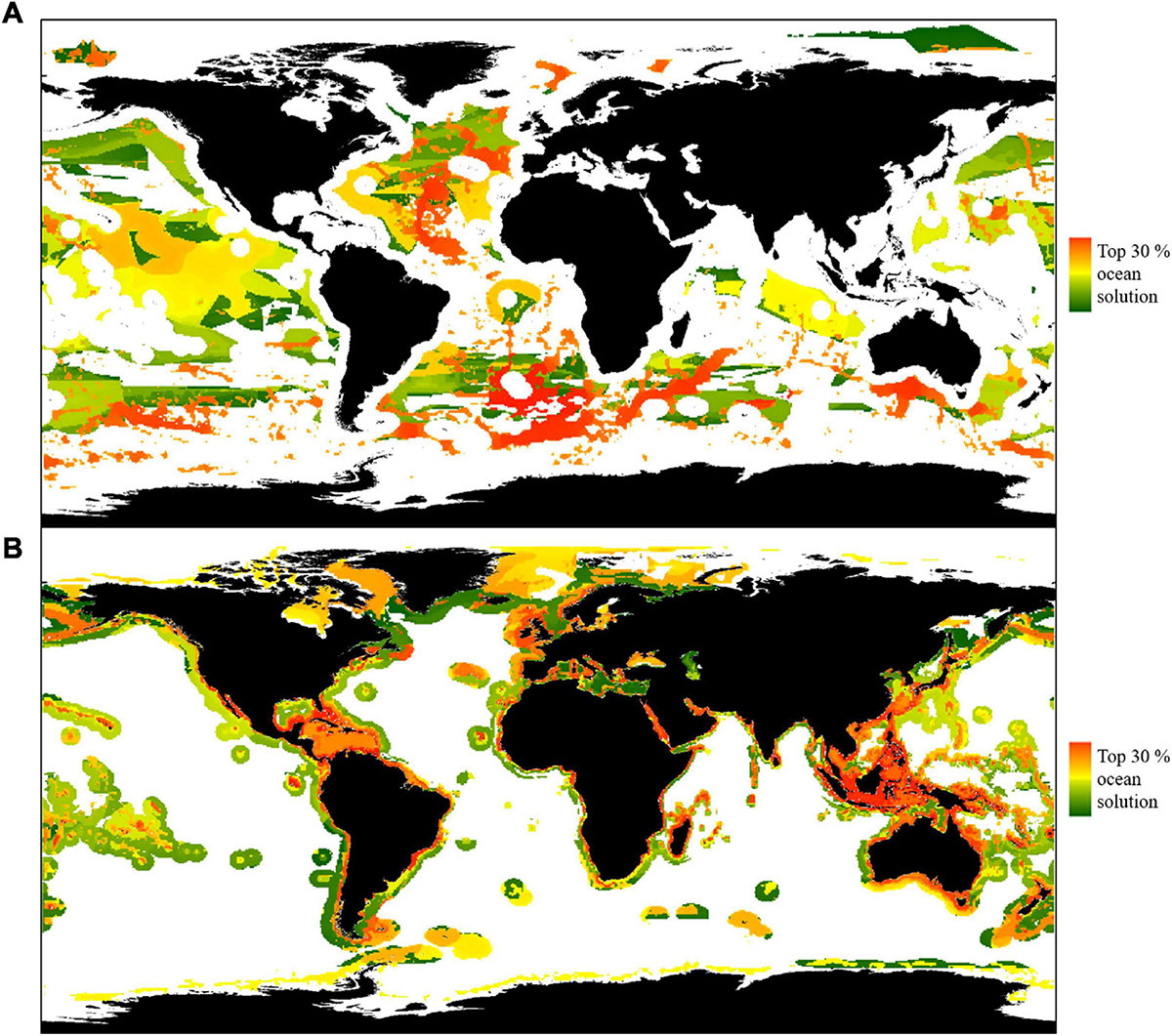
The spatial solutions presented here could only be successful if those who currently fish in areas prioritized for conservation could find alternative sources of food and income. While adapting global import and export markets to provide food security to those who depend on locally caught seafood could be actioned, it is also worthwhile considering that any apparent loss of food security to coastal communities may be lower than our results indicate.
Many nearshore areas, which provide a combined 5 percent of catch by weight, were not included in our analysis, as due to the scale of our study (55 km × 55 km), cells in such areas were often predominantly terrestrial. Consequently, they were excluded from the Zonation analysis extent and were not prioritized as closed areas (areas with no fishing). Further research using finer-scale analysis would better incorporate such areas, but due to the available scale of other data layers used here, was beyond the scope of this study.
Our analyses assumed that closing areas of the ocean to fishing would not increase food provisions, as our aim was to determine overlaps and co-benefits across multiple objectives including minimizing displacement of fisheries from their current distributions. Consequently, our results provide a conservative estimate of food security benefits. Research has shown MPAs can make fishing more sustainable through the recovery of fish stocks, as well as associated benefits from spillover and reproduction. Hence, any displaced catch in Scenarios 1, 2, and 3 may represent a short-term cost for long-term fisheries sustainability.
We also assumed that protecting threatened species by 30 percent of their range would be sufficient for their survival. In reality, some species may require increased range protection or the conservation of areas important for their life history stages to safeguard their survival.
And we assumed there would be no changes in species distributions due to climate change for exploited species, threatened species, or other aspects of biodiversity. Though species distributions are likely to change due to climate-related environmental impacts, there are many uncertainties in both climate projections for our oceans, as well as what species responses will be.
Protected areas face multiple challenges if they are to be implemented successfully and achieve conservation objectives. As well as optimizing the design of MPAs for biodiversity protection, of crucial importance to conservation success are enforcement and stakeholder engagement, support and acceptance, particularly from local fishing communities. Catch from illegal, unreported and unregulated (IUU) fishing is estimated at 8 to 14 million tons annually, but community supported protected areas have shown increased compliance and reduced poaching, and thus have a higher chance of success.
Therefore, the expansion of protected areas we recommend should focus on locally designed and implemented protection, in addition to well-enforced larger, more isolated marine protected areas (MPAs) and marine reserves (MRs).
Perspectives
To date, only 11 percent of our multi-objective solution (Scenario 2) is under some form of ocean protection. Due to the overlap of important areas for biodiversity, threatened species and food security, increasing the use of sustainable fishing practices that mitigate bycatch is an urgent priority, along with expanding the current Marine Protected Areas, MPA, network to better represent and conserve biodiversity and threatened species.
Our results add further support for calls to protect 30 percent of the world’s oceans by 2030 and show where protection could be best placed to conserve marine biodiversity, avoid species extinctions and maintain food security from wild capture fisheries.
Now that you've reached the end of the article ...
… please consider supporting GSA’s mission to advance responsible seafood practices through education, advocacy and third-party assurances. The Advocate aims to document the evolution of responsible seafood practices and share the expansive knowledge of our vast network of contributors.
By becoming a Global Seafood Alliance member, you’re ensuring that all of the pre-competitive work we do through member benefits, resources and events can continue. Individual membership costs just $50 a year.
Not a GSA member? Join us.
Authors
-
Tamlin Jefferson, MSc.
Corresponding author and Ph.D. candidate
Institute of Marine Science, The University of Auckland, Auckland, New Zealand[122,110,46,99,97,46,105,110,117,100,110,97,108,107,99,117,97,64,49,51,54,102,101,106,116]
-
Maria L.D. Palomares, Ph.D.
Sea Around Us, Institute for the Oceans and Fisheries, University of British Columbia, Vancouver, BC, Canada
-
Carolyn J. Lundquist, Ph.D.
National Institute of Water and Atmospheric Research, Hamilton, New Zealand; and School of Environment, The University of Auckland, Auckland, New Zealand
Tagged With
Related Posts
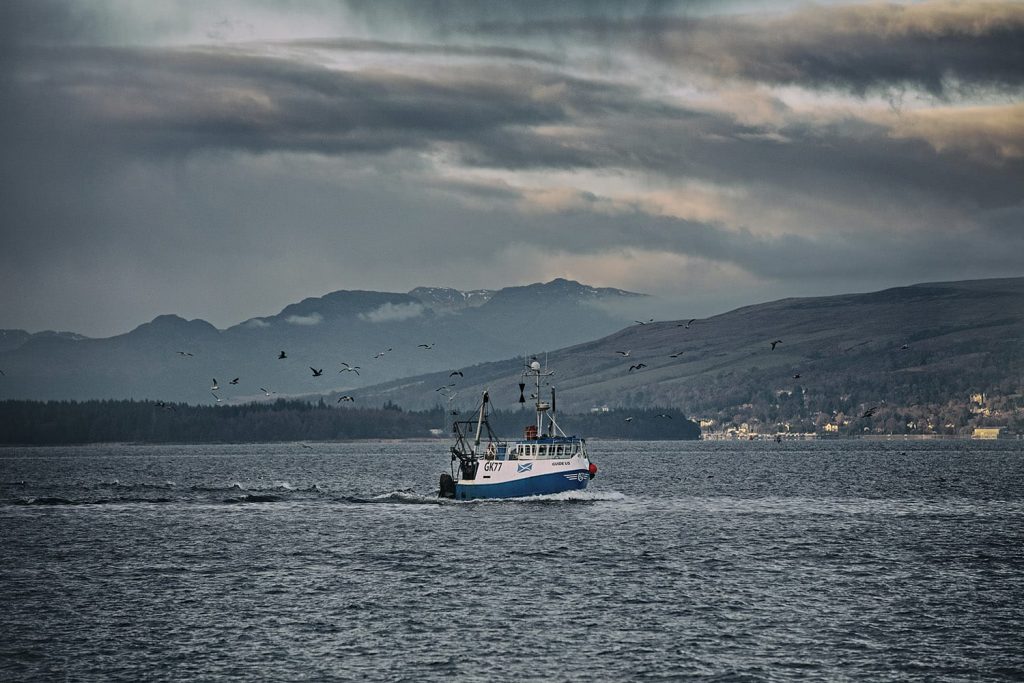
Fisheries
Bottom trawling linked to high greenhouse gas emissions in MPA-supporting study
A study touts marine protected areas and bottom trawling bans, but its methods and conclusions are questioned by fellow researchers and fishers.
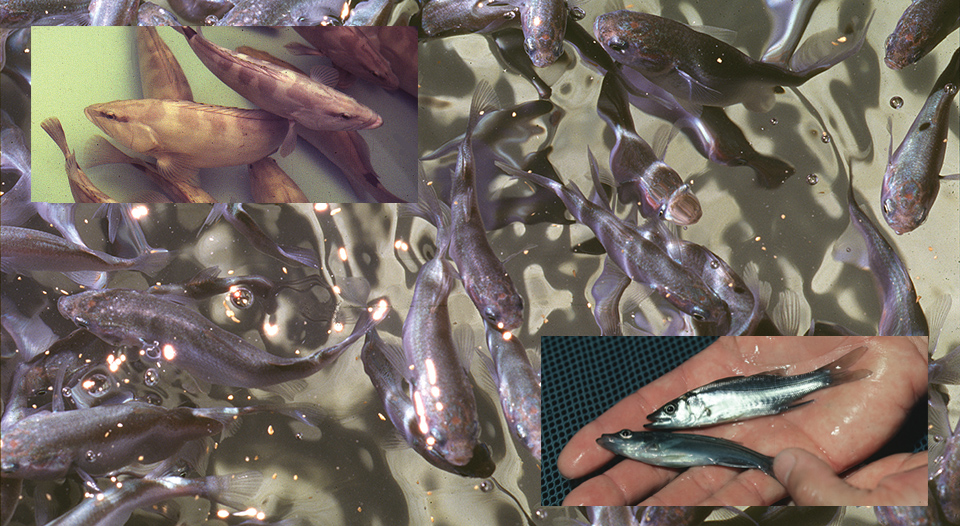
Health & Welfare
Marine fish stocking studies demonstrate species adaptability, environmental quality
Stocking marine fish in coastal impoundments in Florida, USA, has demonstrated improved habitat quality and given hatchery fish a transition to open water.
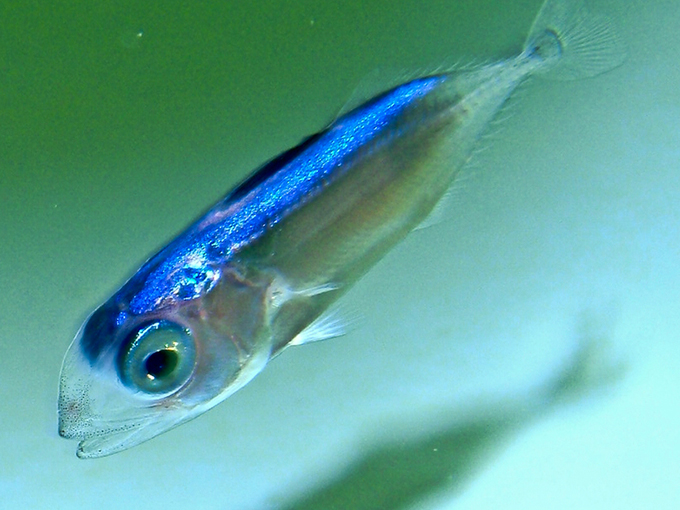
Innovation & Investment
Tuna aquaculture: Fishing for progress
Aquaculture could be a sustainable alternative to fishing for tuna but achieving commercial-scale production has proven challenging.
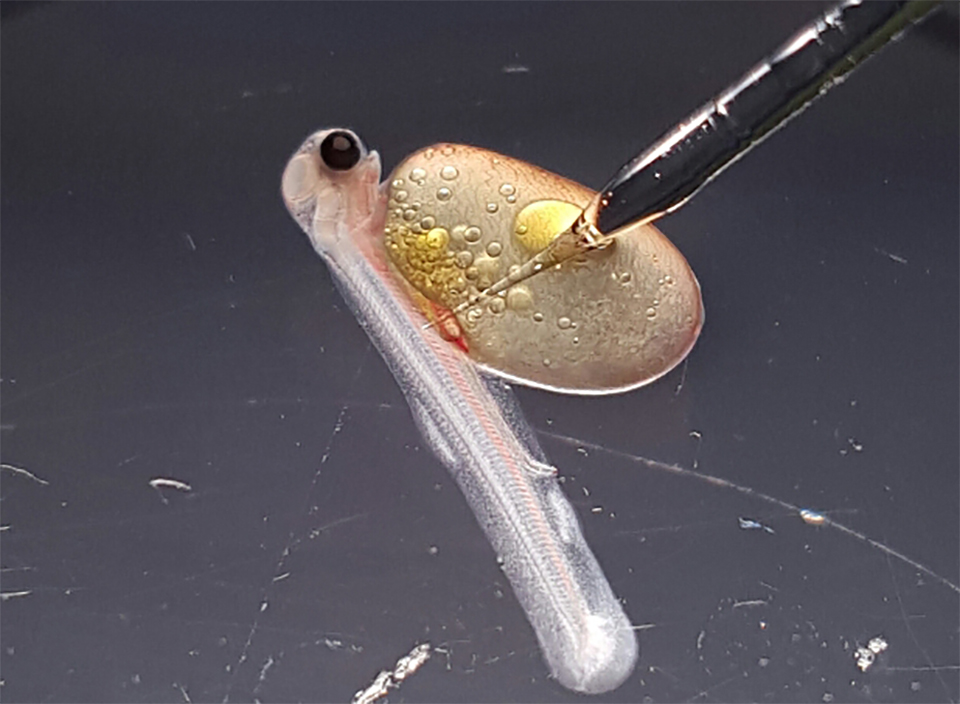
Responsibility
In Japan, aquaculture is deployed in the defense of endangered species
Tokyo University researchers have learned to spawn fish from germline stem cells in vitro, a method that can be deployed to help endangered species.


![Ad for [Aquademia]](https://www.globalseafood.org/wp-content/uploads/2025/07/aquademia_web2025_1050x125.gif)
